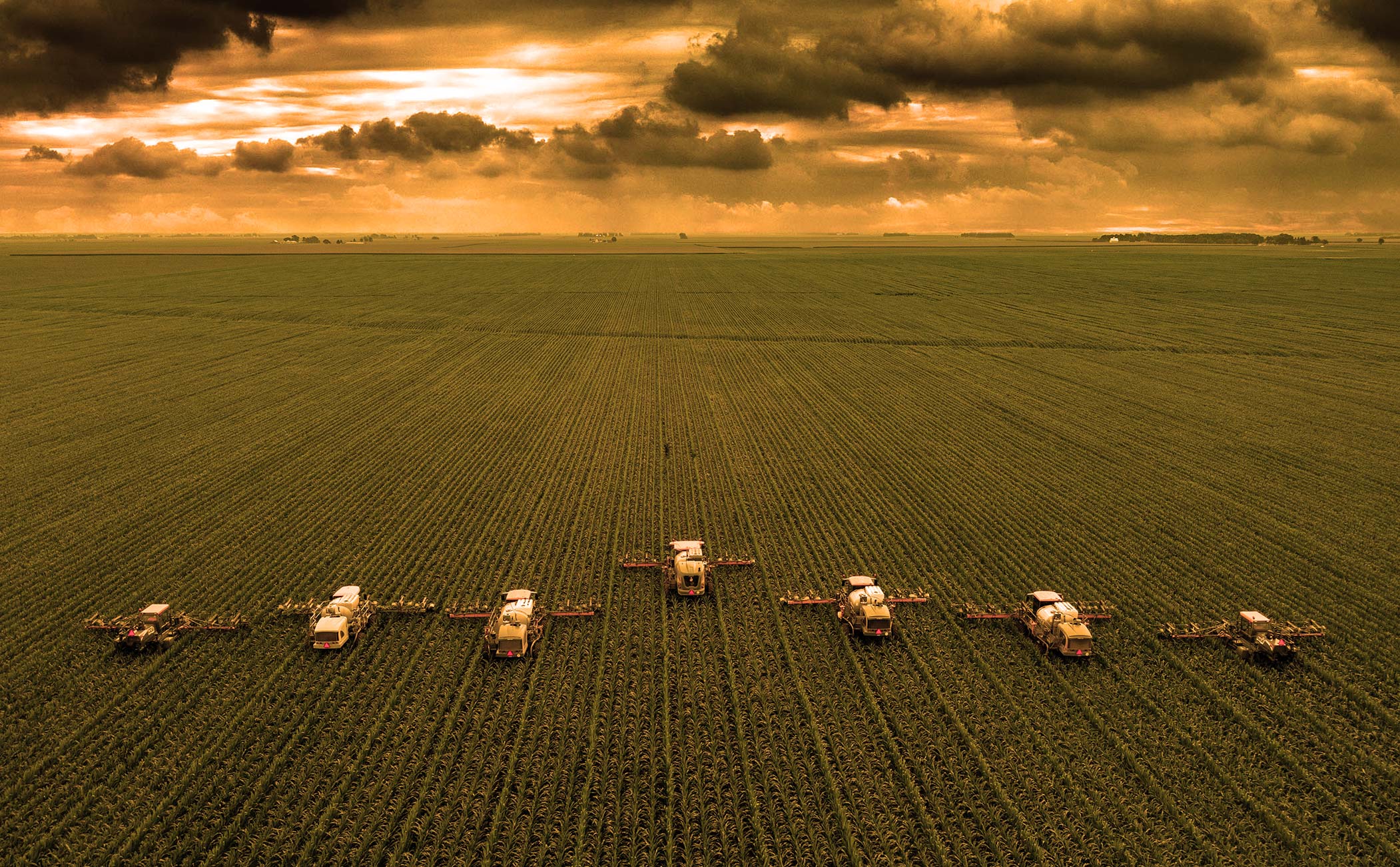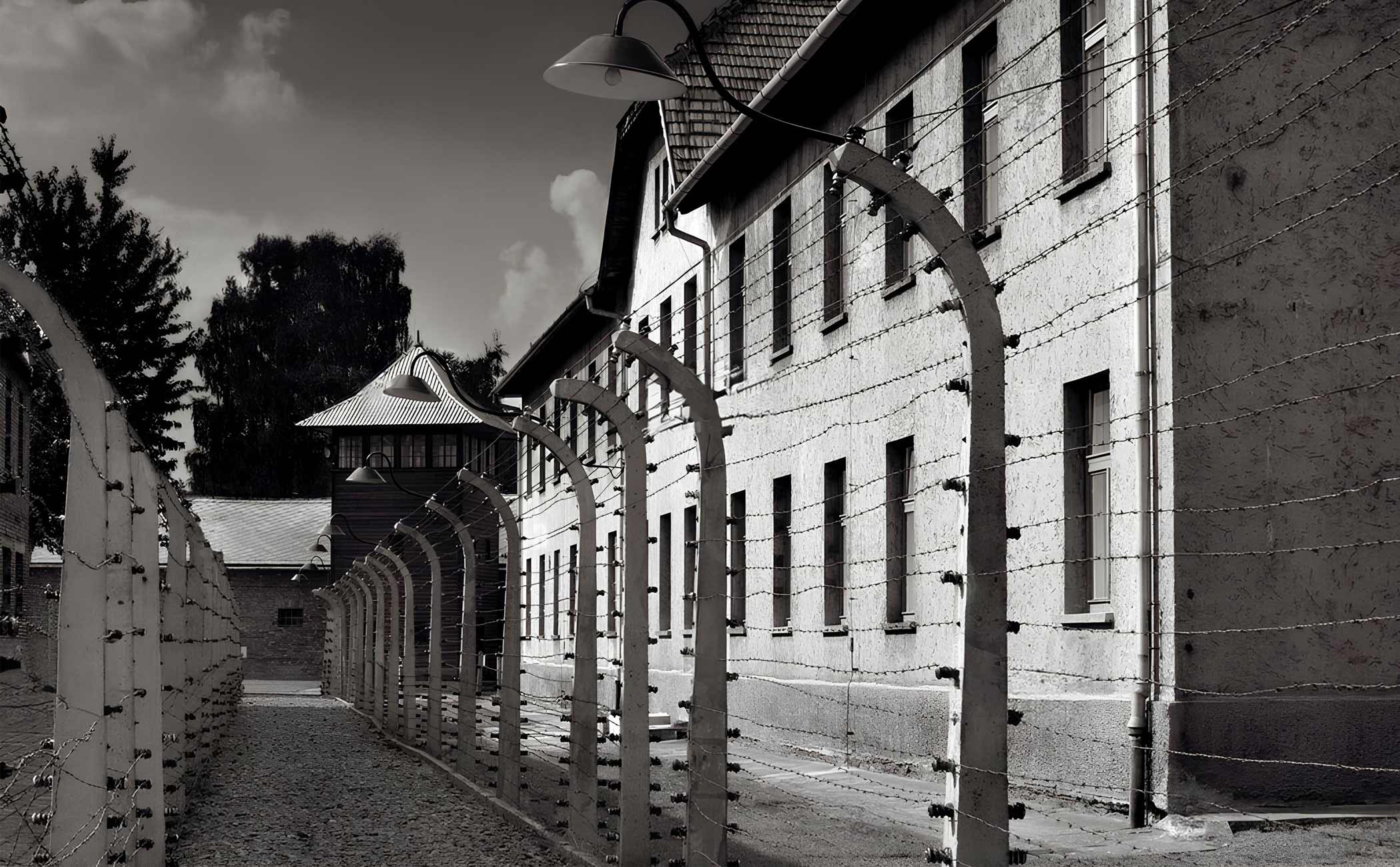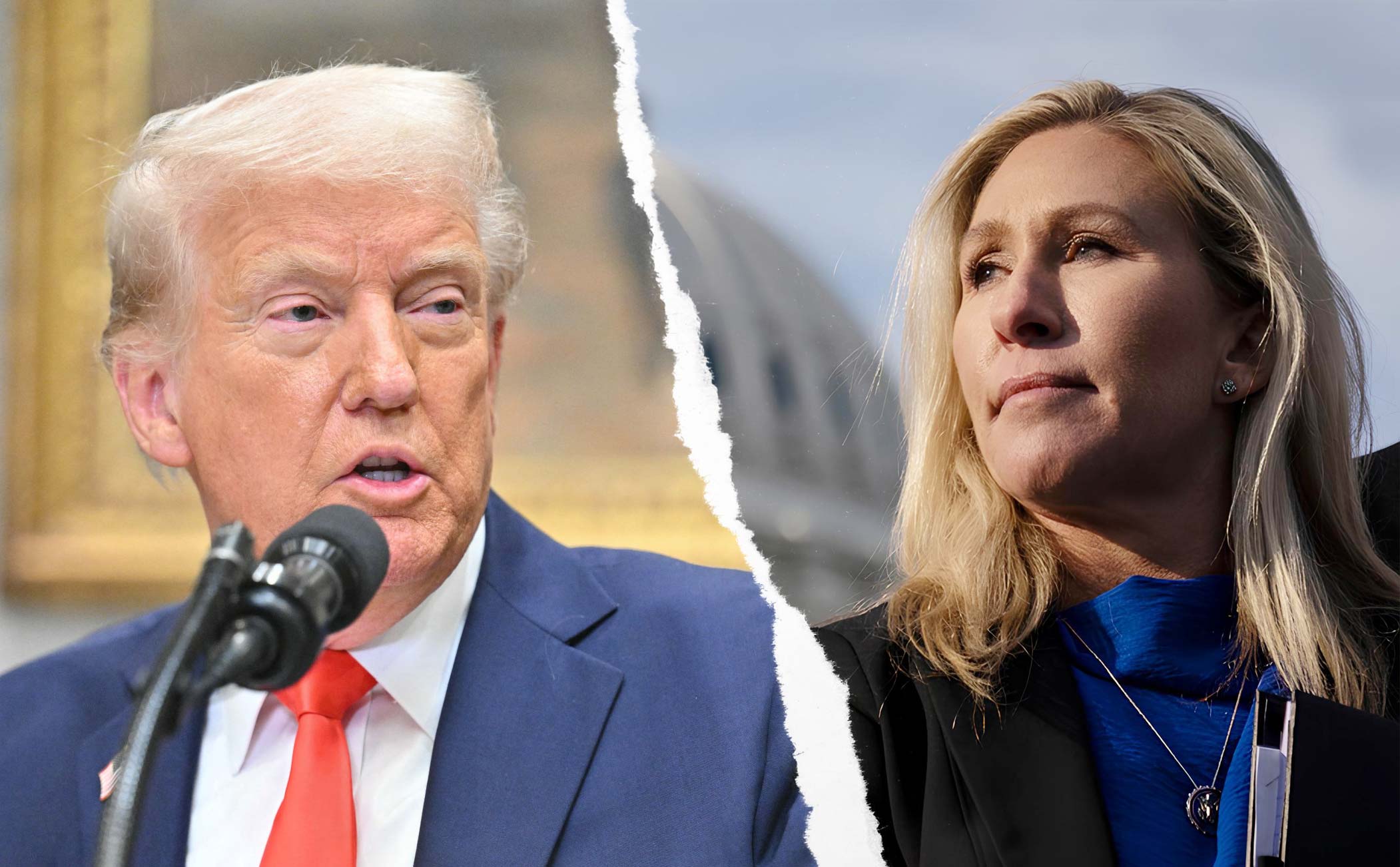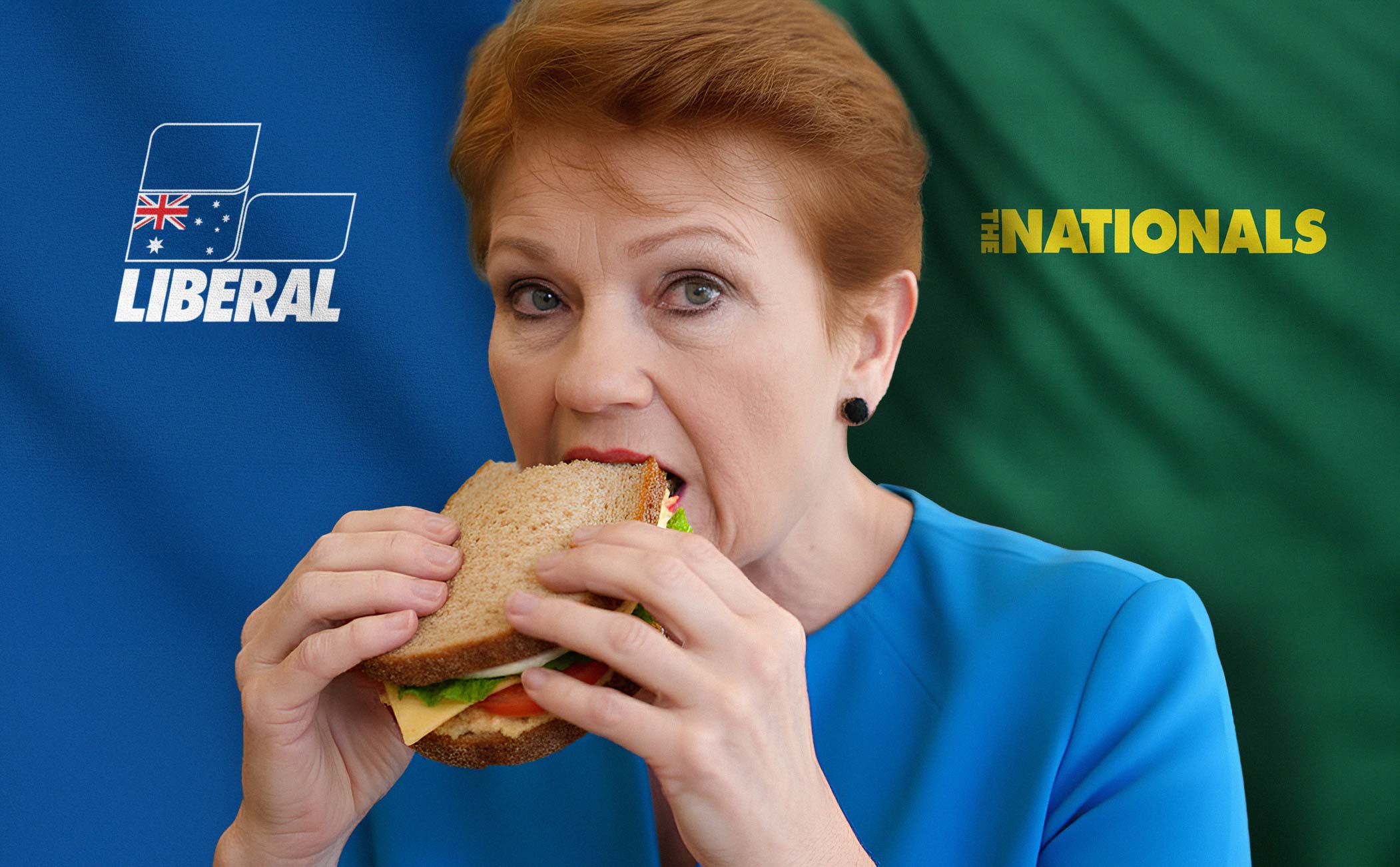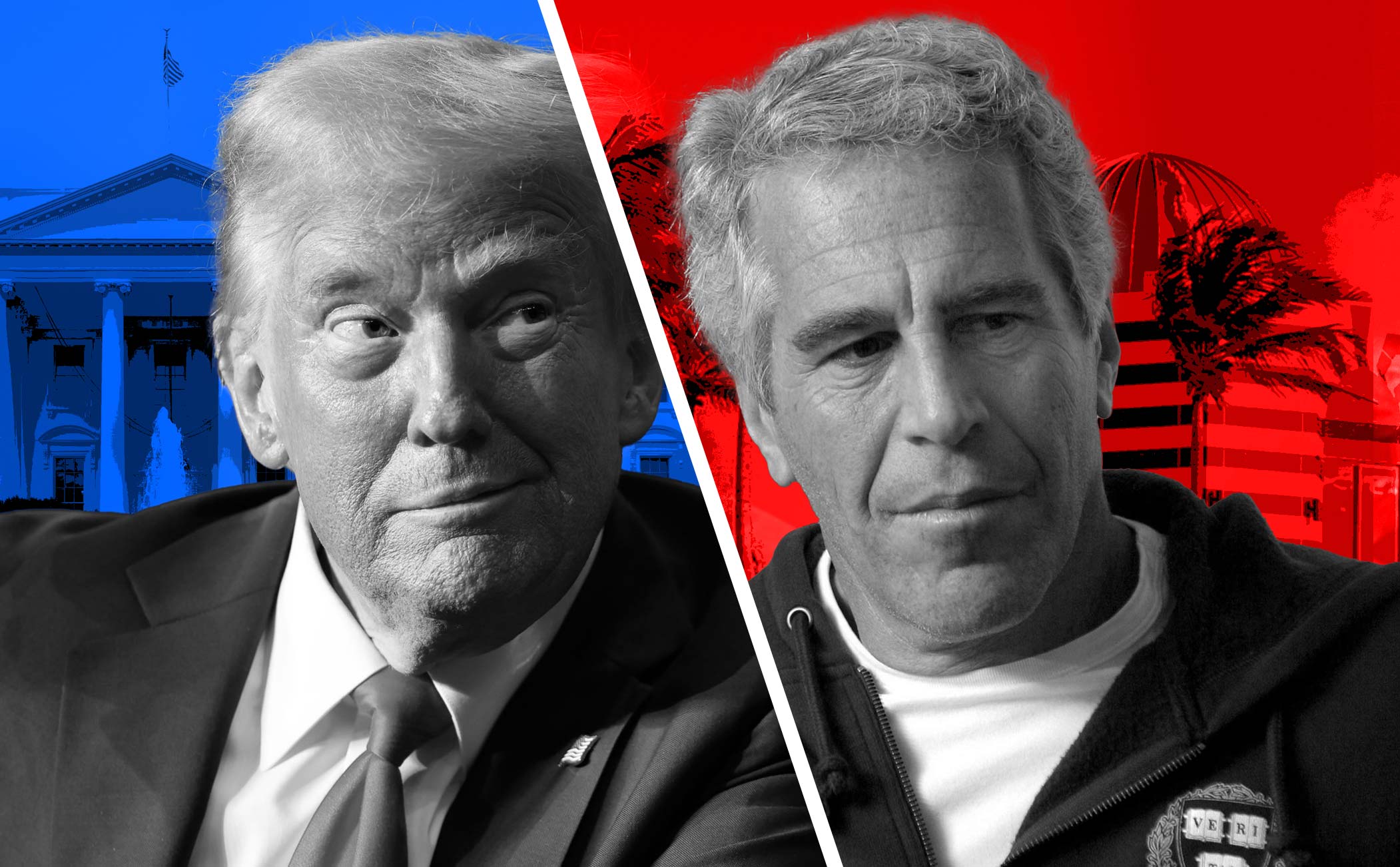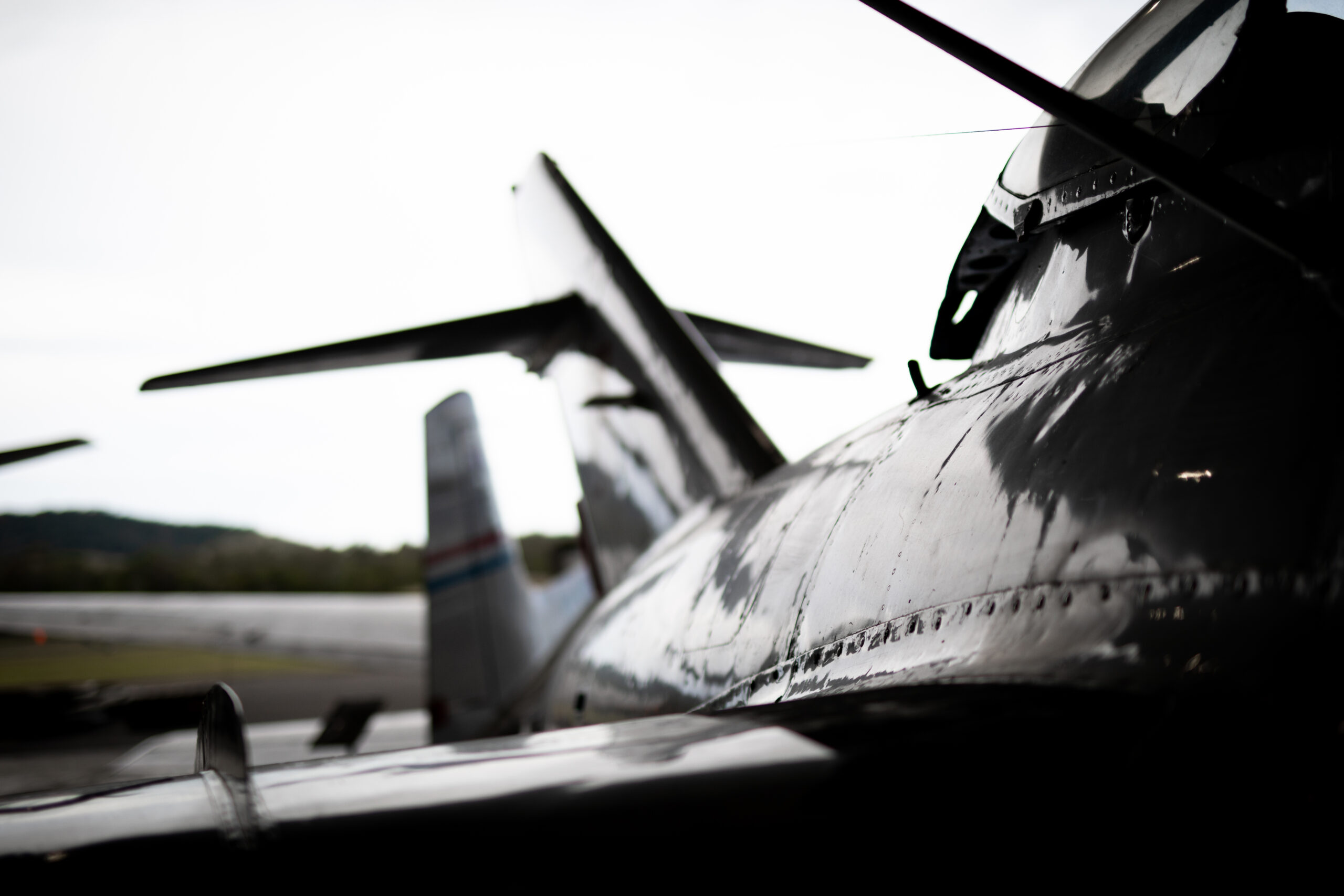The Albanese government’s ability to pass legislation is expected to significantly improve following the latest federal election, with a Senate composition that leaves the fractured opposition unable to mount meaningful resistance. The outcome not only reflects a political windfall for Labour, but also the culmination of years of erosion within the once-dominant Coalition of the Liberal and National parties.
A Stronger Senate for Labour
Labour is now expected to find it considerably easier to pass legislation in the Senate, after securing at least 16 seats in the 2025 half-Senate election, bringing their total to 34, just two short of a majority in the 76-seat chamber. With the Greens retaining their 12 seats, the government can now pass legislation with crossbench support from a single independent, such as ACT senator David Pocock, who has previously backed Labour initiatives on housing, workplace relations and climate.
This arrangement effectively renders the now-shattered Liberal-National opposition politically irrelevant in many legislative battles, a development that has been described as a “nightmare scenario for conservative parties” in internal Liberal party briefings, according to this report.
Coalition Collapse, From Dominance to Division
In the wake of the Coalition’s crushing defeat in the 2025 federal election, the once-solid alliance between the Liberals and Nationals finally fractured. On May 20, Nationals leader David Littleproud confirmed the Nationals would not re-enter a Coalition agreement, with multiple sources reporting a breakdown in trust between the two parties following years of underperformance, particularly in rural Queensland and regional NSW.
The split followed the Coalition’s worst result since World War II. Together, the Liberals and Nationals now hold just 43 seats in the House of Representatives, compared to the 48 “very safe” seats now held by Labour alone. In Victoria, the Liberals lost ground in seats that had been considered safe for generations, including the stunning loss of Menzies to an independent candidate backed by community groups.
Poor Performance Years in the Making
Much of the Coalition’s decline stems from long-term demographic and ideological drift. Urban, younger, and female voters have steadily moved away from the Liberal Party, particularly in seats affected by climate change, housing affordability and cultural policy. According to analysis by political scientist Dr. Jill Sheppard, the Coalition’s resistance to change on gender representation and social equity issues alienated critical voting blocs in both inner and outer metropolitan seats.
Even Liberal figures admit as much. In a speech at the National Press Club in Canberra, Opposition Leader Sussan Ley declared, “We were smashed”, and vowed to refocus the party’s attention on aspirational Australians, while also acknowledging that the Liberal brand had become “toxic” in too many electorates. Her remarks, as quoted here, highlight the scale of the challenge facing the party.
Gender and Culture Wars
Still, resistance remains from within the party’s conservative faction, who argue that quotas compromise merit. But critics point out that this argument has rung hollow given the party’s failure to preselect and support qualified women in winnable seats, especially compared to Labour, which has long employed targets and affirmative action policies.
A New Political Landscape
With Labour in a stronger position and the Coalition in disarray, the Greens and progressive independents hold more sway than ever. The government is likely to pass climate legislation, tax reforms and industrial relations measures that were previously blocked or diluted by a hostile Senate during the Coalition years. Even contentious initiatives like housing reform and the Future Made in Australia plan may now pass with minor concessions to crossbench senators.
According to Senate tracker data, this new composition marks the first time since 2008 that Labour and the Greens alone have come within a single vote of a Senate majority, a scenario that could reshape Australia’s legislative agenda for years to come.
What Comes Next for the Opposition?
With the Nationals now operating independently and the Liberals facing existential questions about their identity, policy platform and appeal to women and younger voters, the Coalition’s future as a governing force is under serious doubt. As commentator Katharine Murphy put it, the party must now decide whether to modernise or risk irrelevance in an electorate that increasingly views it as “a party of the past.”
The next two years will be critical. If the Liberals and Nationals continue down divergent paths, and Labour continues to capitalise on its unified message and discipline, the 2025 election may be remembered as the moment Australia entered a new political era, one defined not by a two-party contest, but by a fragmented right and a dominant centre-left.
One of the key areas of introspection within the Liberal Party has been its ongoing failure to attract female candidates and voters. Senior Liberal women, including deputy leader Jane Hume, have publicly supported the idea of gender quotas, a dramatic shift in party culture. This movement, reported in this article, is viewed by many as essential for rebuilding the party’s future.

